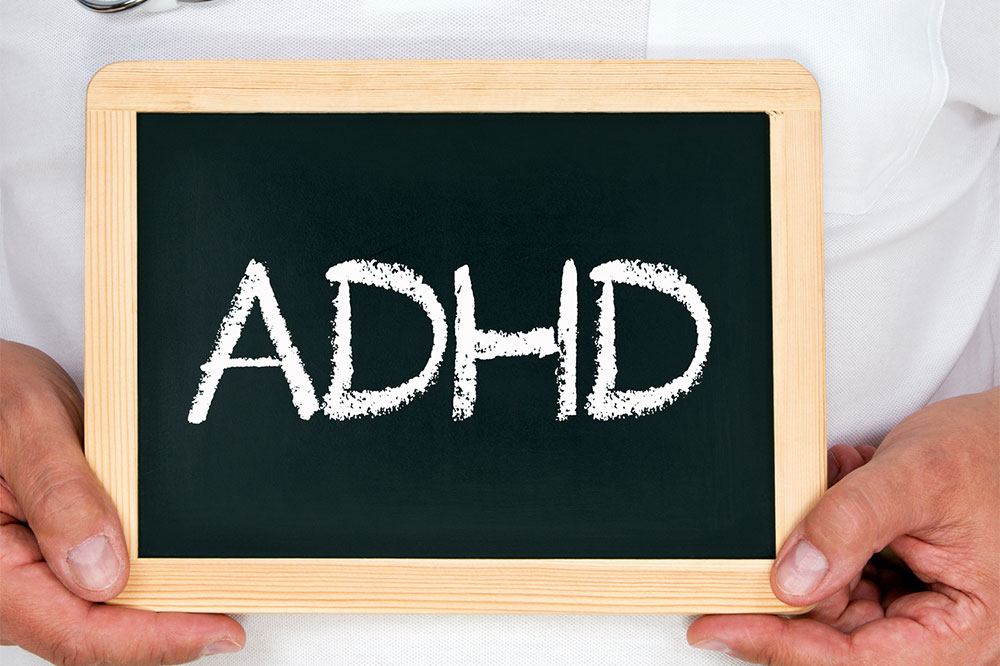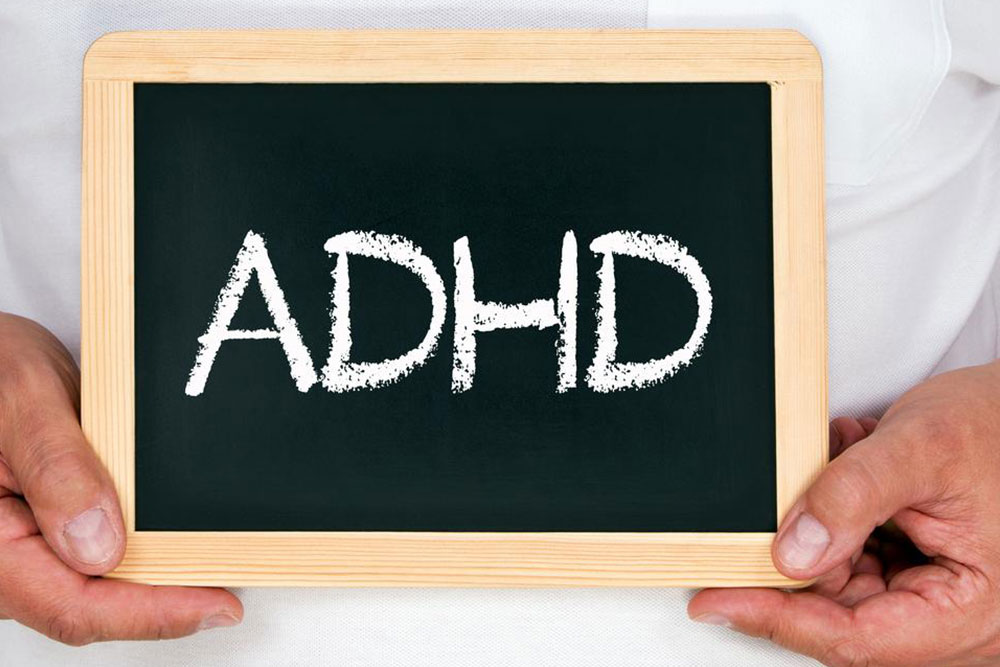Comprehensive Guide to ADHD: Symptoms, Causes, and Management Strategies
This comprehensive article delves into ADHD's symptoms, causes, and latest treatment options. It explains how early recognition and tailored strategies can improve life quality for affected children and adults, emphasizing the importance of understanding this complex neurodevelopmental disorder.

Understanding ADHD: Symptoms, Causes, and Effective Management
Attention-Deficit Hyperactivity Disorder (ADHD) is a neurodevelopmental condition that primarily manifests in childhood but often persists into adulthood. It is characterized by a complex set of symptoms that include hyperactivity, difficulties with concentration, impulsivity, and behavioral challenges such as anger and frustration. Despite being a well-recognized disorder, ADHD remains somewhat misunderstood in the general populace. This comprehensive guide aims to explore the multifaceted aspects of ADHD, including its symptoms, possible causes, and the latest strategies for management and treatment. Whether you are a parent, educator, or someone affected by ADHD, understanding this condition is vital in promoting better support and improved quality of life for those impacted.
Recognizing the Symptoms of ADHD
ADHD symptoms can vary widely among individuals, but they generally fall into three core categories: impulsivity, inattentiveness, and hyperactivity. These symptoms often become apparent early in a child's development, commonly before the age of 12. However, the presentation can differ based on gender, age, and individual factors. Notably, research indicates that boys tend to display more overt hyperactivity, whereas girls are more prone to inattentive symptoms that may be less conspicuous but equally impactful.
It is crucial to recognize that children may be categorized based on their predominant symptoms into predominantly inattentive, hyperactive-impulsive, or combined subtypes, each requiring tailored approaches for intervention.
Inattention Symptoms Explained
Children or adults experiencing inattentiveness for prolonged periods (typically six months or more) may exhibit signs that impair their daily functioning, including:
Making frequent careless mistakes in schoolwork or work-related tasks, often overlooking details
Difficulty sustaining focus during play, reading, or completing tasks
Failing to listen attentively when spoken to directly, appearing distracted
Difficulty following through on instructions or assignments, leading to incomplete tasks
Poor organizational skills, resulting in messy belongings, missed appointments, or forgotten commitments
Avoidance of tasks that require sustained mental effort, like lengthy homework or complex projects
Losing personal items frequently—keys, books, or school supplies
Becoming easily sidetracked by external stimuli or internal thoughts
Signs of Impulsivity and Hyperactivity
Persistent impulsive and hyperactive behaviors can interfere significantly with daily activities and relationships. Such behaviors, lasting six months or more, include:
Constant fidgeting, tapping, or squirming, making it difficult to stay still
Restlessness, often seen as an inability to sit quietly in class or during meetings
Excessive physical movement, such as running or climbing in inappropriate settings
Engaging in loud, disruptive activities that draw unwanted attention
Interrupting conversations, blurted responses, or difficulty waiting one's turn
Exploring the Causes of ADHD
While the exact etiology of ADHD remains elusive, scientific research has identified several contributing factors that may increase the likelihood of developing the disorder. Understanding these factors is key to early diagnosis and tailored intervention:
Brain Structure and Function
Neuroimaging studies reveal that individuals with ADHD often exhibit differences in brain regions responsible for attention regulation, impulse control, and executive functioning. Areas like the prefrontal cortex may show reduced activity or structural anomalies, impacting cognitive and behavioral regulation.
Genetics and Family History
The hereditary nature of ADHD is well-established. Having a parent or sibling diagnosed with the disorder significantly raises the risk, suggesting a strong genetic component that influences brain development and neurochemical pathways.
Premature Birth and Developmental Factors
Children born prematurely or with low birth weight are more vulnerable to developing ADHD symptoms due to immature brain development and exposure to early life stressors.
Environmental Influences
Though less common, exposure to certain environmental toxins, such as lead or substances during pregnancy, may contribute to neurodevelopmental issues, including ADHD. However, these cases are relatively rare and often intertwined with genetic predispositions.
Early diagnosis and intervention are critical in managing ADHD effectively. Without appropriate treatment, individuals with ADHD may experience worsening behavioral problems, academic struggles, and social difficulties over time. For adults, untreated ADHD can lead to challenges in maintaining employment, managing relationships, and sustaining daily routines. Fortunately, with advances in medication, behavioral therapies, and lifestyle adjustments, symptoms can be controlled, and individuals can lead fulfilling lives.





